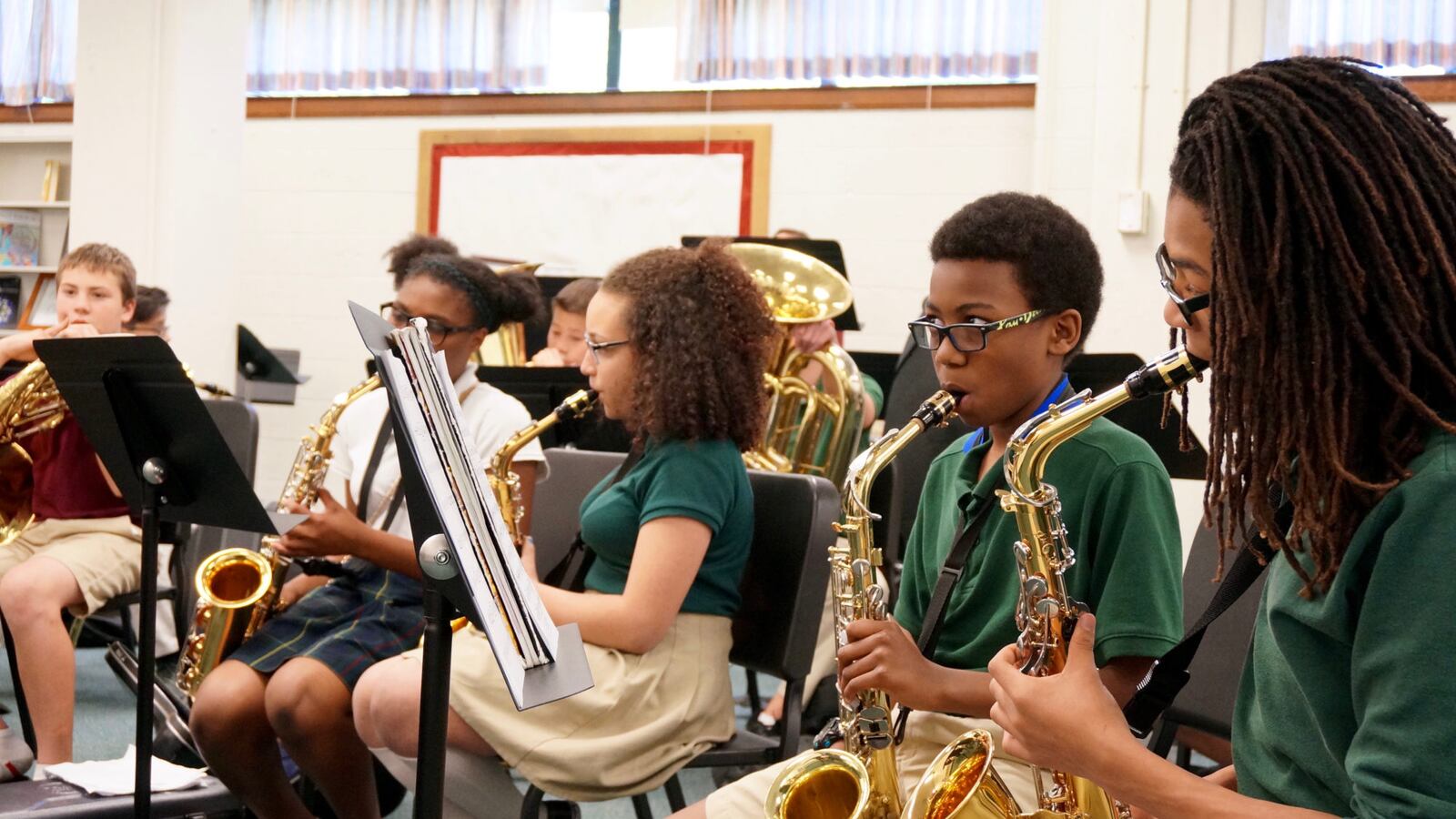Busing to integrate schools in the decades following the landmark 1954 Brown vs. Board of Education ruling by the Supreme Court launched one of the of the most difficult chapters in American history.
In Indianapolis, a once-sprawling busing plan came quietly to an end this year. The plan, which was ordered by federal courts, aimed to bring racial balance to the city by busing students from neighborhoods in Indianapolis Public Schools to predominately white township schools.
Starting tomorrow, Chalkbeat will publish a series of stories in collaboration with the Indianapolis Star and WFYI examining the state of segregation in the city’s schools today, how it has changed since court-ordered integration began and how schools can still play a role in promoting racial harmony and cross-cultural learning.
Through this series, you will meet LaTonya and LaShawn Kirkland, mother and daughter, who bookended Indianapolis’ integration story. LaTonya was one of the first IPS students to ride a bus to a then-hostile township for high school. LaShawn rode one of the last buses along the same roads.
You will also learn about the unexpected impact of magnet schools, which were originally designed to help integrate schools, and how in Indianapolis they sometimes make it less likely that students from different racial groups will go to school together.
And later, you will get a look inside a local private school that made integration central to its mission — balancing the percentage of children who are white and minority, wealthy and poor — and is posting some of the state’s best test scores.
For many schools, addressing segregation has been pushed to the back burner as court orders have been scaled back and overturned. Chalkbeat aims to be your guide to the complicated effects of that change. We’ll continue to cover this issue in the coming months in hopes of sparking a conversation about where things stand in Indianapolis and where we go from here.

